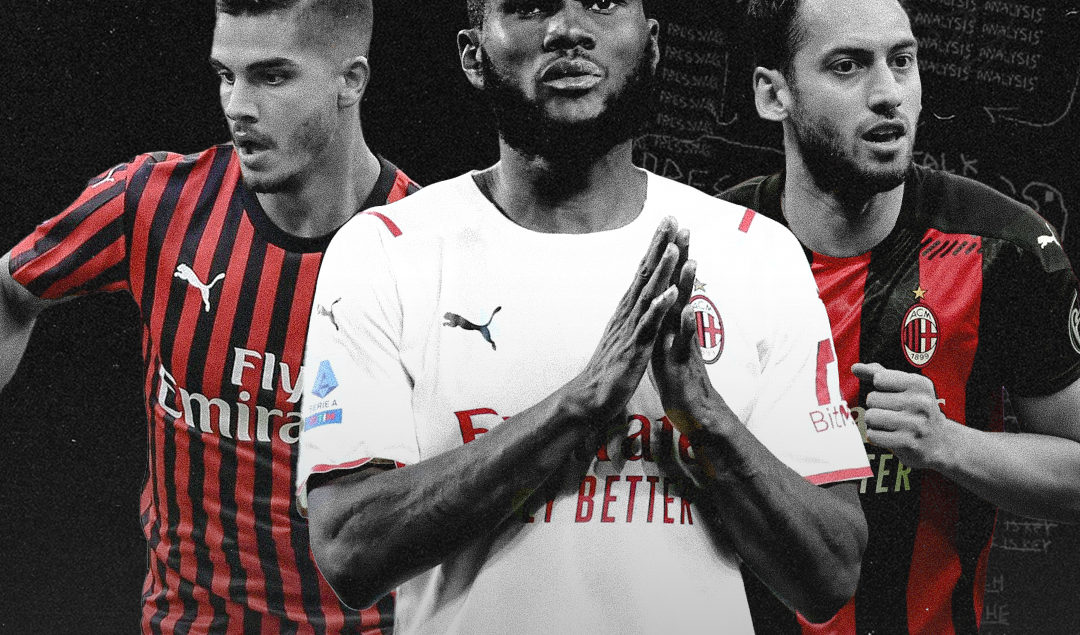How Arrigo Sacchi’s AC Milan Shaped Modern Football
Football’s always been a game of moments. A flash of brilliance. A strike from the edge of the box. For most of its history football thrived on instinct and individuality. Then came Arrigo Sacchi. He wasn’t a great player. He didn’t have trophies on his shelves or a famous playing career to draw upon. But what Sacchi had was a vision—a vision that turned football into a game of collective precision.
Sacchi’s AC Milan in the late 80s was revolutionary. They didn’t just win. They dominated. And they did it not with the flair of a lone genius but with a system that was as brutal as it was beautiful. Modern football still lives in the shadow of Sacchi’s Milan. Look hard enough and you’ll see his fingerprints on every pitch, from the pressing of Liverpool to the positional play of Manchester City.
The Influence That Runs Deep
It’s not an exaggeration to say Sacchi’s Milan changed football. Teams today live and die by their pressing systems. Guardiola’s Barcelona with their tiki-taka style owed as much to Sacchi as they did to Cruyff. Klopp’s heavy-metal football is a louder echo of the pressing Sacchi demanded from his Milan players. Even managers at mid-table clubs, often under the radar, build their philosophies on Sacchi’s principles.
Modern fans engage with football differently too. The layers of strategy and tactical detail Sacchi brought to the surface have turned football into not just a spectacle but a puzzle to be solved. Today analysing the game can be as exciting as browsing the variety of offers on betting sites, each one promising its own angle, its own insight into the ever-changing game. Just like Sacchi’s Milan, it’s all about reading the game, finding the angle and striking at the right time.
A New Way of Thinking
Before Sacchi, football was all about individual brilliance. Teams relied on superstars to make magic happen. Sacchi didn’t dismiss individual talent but saw it as part of a bigger picture. His Milan team with Van Basten, Gullit and Rijkaard wasn’t about those iconic players. It was about the collective movement, the smooth transitions and the suffocating press.
Sacchi wanted his team to defend and attack as one. When they pressed they did it together, forcing mistakes, creating turnovers and exploiting space. It wasn’t chaos—it was choreography. Watching that Milan team was like watching a symphony being played at full tilt. Every player knew their role. Every player trusted the system.
Now we take these for granted. Pressing. Compact lines. Positional awareness. It’s standard stuff in modern football. But in the 80s Sacchi was ridiculed for his ideas. People called him naive, a dreamer. Then, he proved them wrong.
A Game of the Mind
Sacchi thought football was a game of the mind as much as the body. He would talk about “universal football” where the lines between attack and defence were blurred. It was a philosophy that asked the players to think, to anticipate, to see three moves ahead. He wasn’t interested in players who could only beat defenders or shoot from distance. He wanted players who understood space—how to find it, how to close it, how to control it.
This is the basis of modern football. The top teams in the world don’t just have individuals who are brilliant. They have a collective intelligence. Players today study the game more than ever, they analyse their opponents, they understand the subtleties of different systems, they perfect their role in the team.
Sacchi’s Plan
At the heart of Sacchi’s Milan was a simple but deadly idea: control the game by controlling space. His teams pressed high up the pitch, forcing the opponents into mistakes in dangerous areas. The defensive line was high, compressing the field and denying the opposition time to think. It was risky. One mistake and they were exposed. But when it worked it was unstoppable.
Sacchi also demanded non-stop movement off the ball. His players didn’t wait for the ball to come to them. They moved into space, they dragged defenders out of position, they created passing lanes. Watching Milan at their best was like watching a perfectly executed heist. Every move was planned. Every player knew their role. And when the moment came they struck with precision.
Why it still matters
Why does Sacchi’s Milan still matter? Because the principles they applied are timeless. Football will always be about goals, about the moments of magic that make fans jump out of their seats. But Sacchi showed that those moments could be created—not just by the brilliance of a player but by the brilliance of the system.
The lessons of Sacchi’s Milan apply beyond football. They’re about collaboration, preparation and thinking differently. It’s no wonder Sacchi’s ideas inspire not just football managers but leaders in every field.
Sacchi’s Critics and the Cost of Innovation
Of course, not everyone was on board with Sacchi’s ideas. Many of his contemporaries saw him as a theorist, a man who didn’t understand the game. Today, there are those who question whether his methods would work in a different era. But Sacchi never worried about the doubters. He believed in his vision and he had the guts to stick to it.
Football needs its revolutionaries. It needs people who will challenge the norm, who will think differently, who will take the leap. Sacchi was one of them.
